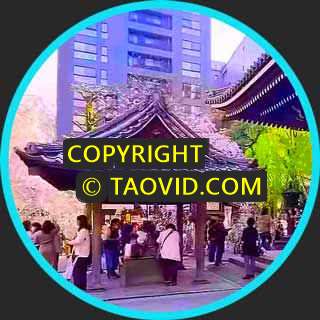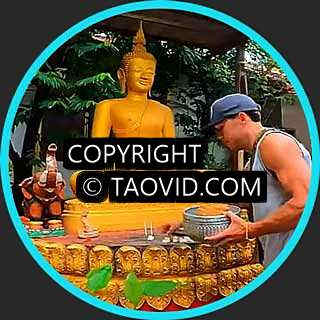3 Popular Tourist Spots in Kyoto, Japan
Golden Pavilion, officially named Rokuon-ji, is a Zen Buddhist temple in Kyoto. It is one of the most popular buildings in Kyoto, attracting many visitors annually.
It is a historic temple with a gold-leaf facade set amid landscaped gardens & a reflecting pond.
Fushimi Inari Taisha (伏見稲荷大社) is the head shrine of the kami Inari, located in Kyoto. This shinto shrine dating from 711 A.D.
The shrine sits at the base of a mountain also named Inari, which is 233 metres (764 ft) above sea level, and includes trails up the mountain to many smaller shrines which span 4 kilometres (2.5 mi) and take approximately 2 hours to walk up.
Inari was originally and remains primarily the kami of rice and agriculture, but merchants and manufacturers also worship Inari as the patron of business. Each of Fushimi Inari Taisha’s roughly thousand torii was donated by a Japanese business.
Byodo-in Temple (平等院, “Temple of Equality”) is a Buddhist temple in the city of Uji in Kyoto Prefecture, Japan, built in the late Heian period.
This temple was originally built in 998 in the Heian period as a rural villa of high-ranking courtier Minamoto no Shigenobu.
After he died, one of the most powerful members of the Fujiwara clan, Fujiwara no Michinaga, purchased the property from the courtier’s widow.
The villa was made into a Buddhist temple by his son Fujiwara no Yorimichi in 1052.
Being one of the World Heritage sites of Japan, the Byodoin Temple buildings and Buddha statues have a long history of about 1000 years.
In East Asian Buddhism, there is the Three Ages of Buddhism, which are three divisions of time following Buddha’s passing.
The Mappo, which is also translated as the Age of Dharma Decline, is the degenerate Third Age of Buddhism, also known as the Latter Day of the Law.
It was widely believed that the year 1052 marked the first year of the beginning of the end-of-the-world.
This theory captured the heart of many aristocrats and monks, which as a result, people became more devout in Buddhism and believed in the ideology of Buddhist Pure Land.
In the following year, Amida-do Hall (Phoenix Hall) was completed in whose interior sits the 2.4 meters tall Amida Buddha statue created by Jōchō, who is claimed to have been the best Buddhist sculptor in the Heian Period.
Video Source: [京都旅行] KYOTO 京都観光 外国人に大人気おすすめ3選 旅行vlog from FUJISAN CHANNEL on Youtube ⁄ CC BY






